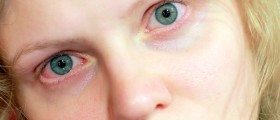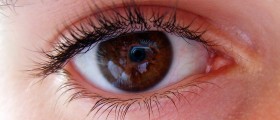
Also known as pink eye, conjunctivitis is a condition that can lead to inflammation and redness of the whites of the eyes. This condition normally occurs as a result of contact with allergic agents, irritants, toxic agents, viruses, and bacteria. There are some underlying diseases that might also lead to the onset of conjunctivitis. The problem is generally more common in the childhood years. However, it is not exclusive to this age group, and the condition affects people that fall into any age categories. Changes in vision do not normally result from conjunctivitis.
Pink eye
For the most part, conjunctivitis is caused by a viral infection. Generally, adenoviruses are responsible for causing the infection. With this type of infection, watery discharge is quite common. The condition is generally more prevalent during the months of fall and early spring. Some people might also experience problems such as sinus congestion, swelling in the eyes, and runny nose. Mainly, viral pink eye will not require the administration of antibiotics. However, it is important for those with the condition to consult a doctor. Symptoms of the condition can remain present for as long as two weeks.
Bacterial pink eye is another type of conjunctivitis. Two types of bacteria that commonly lead to pink eye include streptococci and staphylococci. This type of infection develops quickly and can lead to redness, swelling, itching, pain, and eye discharge. There may also be a swelling in the lymph nodes. Discharge is normally yellowish or greenish in color, and tends to accumulate during sleep. Patients with conjunctivitis might wake up with the sensation that their eyes are stuck together.
When treating conjunctivitis, it is important to remember that the first option should be to seek proper advice from health care professionals. Do not disregard the opinion of a medical professional, and be sure to stick to the course of medication that is advised by the doctor. However, there are some home remedies that can be employed in order to treat pink eye. It might be useful to apply warm compresses to the affected areas, as this can help to relieve some of the symptoms of this condition. Eye drops can also be used to treat the condition. These drops can be bought over the counter. The use of contact lenses should be avoided during the course of a pink eye infection. If necessary, consult a health care practitioner in order to ascertain when it is safe to return to contact lens use.

















Your thoughts on this
Loading...